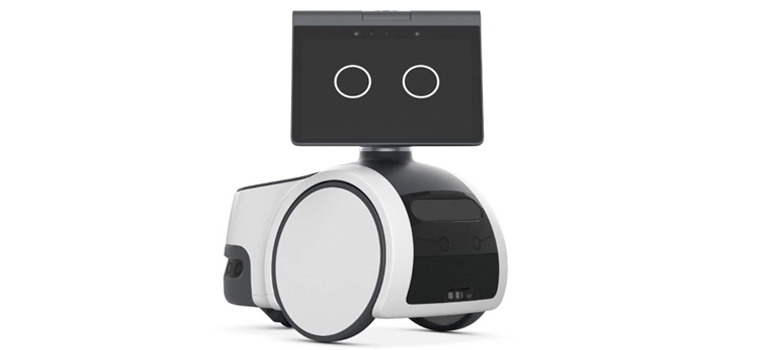
If one were to look through the sci-fi literary tradition over the last 50 years, it would be fair to say that Amazon’s new Astro robot has come close to fulfilling a dream many have had – a robot with a cute face with the ability to follow us around and do useful tasks. Astro has a periscope camera and a tray, and a plethora of sensors and AI-assisted voice capabilities, so the potential use cases are extremely promising.
If such a sophisticated robot is around the corner, then what could the tech look like in 10-20 years! That is why professor T Asokan, who heads the department of engineering design at IIT-Madras, says this is an ideal time for aspiring engineering students to get into robotics. “There are many areas where we can apply robotics technology today – healthcare, elderly care, space or underwater exploration, even agriculture,” he says.
When Asokan was a student, robotics was a fascinating new field of study that promised to bring a tech revolution in 10 -15 years. That didn’t happen because of technological challenges, most of which have now been resolved. “The problem now is that India has a lot of engineers but not a lot of designers who can think outside the box and develop innovative product ideas,” he says.
In order to remedy this imbalance, IIT Madras started an interdisciplinary 5-year BTech and MTech course a few years ago to help engineers of all types, including mechanical and electrical, study robotics. This interdisciplinary approach, the professor says, is crucial. “You need good knowledge in mechanical systems and dynamic control, at the same time you need to have a good understanding of the hardware, controllers (the computer system that connects to the robot in order to control its movements), programming, electronics and communications,” he says.
A practically-oriented curriculum, he says, is also important to meet the expectations of the industry.
An interdisciplinary approach, Asokan says, doesn’t mean students shouldn’t be experts in a particular field first. “Or else you’ll end up in a situation where you are neither a mechanical engineer, nor an electrical engineer, and definitely not a robotics expert,” he warns.
This is why IIT-Madras opted for a 5-year course, where three years are spent studying a single traditional core engineering field like computer science or mechanical engineering before specialising in a particular domain like robotics, automotive or biomedical, all of which require an interdisciplinary approach. “This will allow students to contribute to the design of products in their domain,” Asokan says.
New developments in robotics, Asokan says, include efforts to change the way robots work by using AI/ML and deep learning, instead of using probabilistic methods. “Engineers nowadays try to teach robots what action needs to be taken in every unique situation, and then make them repeat that action when the same situation arises again,” he says.
Original News Link
https://www.iitm.ac.in/happenings/press-releases-and-coverages/what-learn-make-robots-amazons-astro